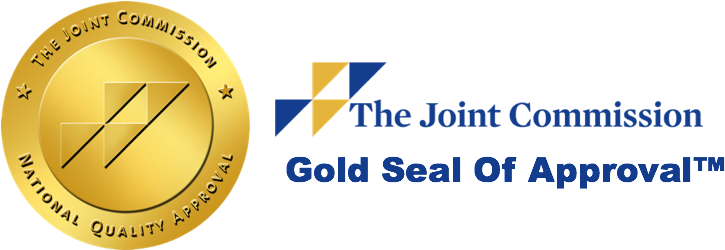According to the National Institute of Mental Health, “An estimated 2.8% of U.S. adults had bipolar disorder in the past year,” and “an estimated 4.4% of U.S. adults experience bipolar disorder at some time in their lives.” While that may seem like a small percentage, in relation to the current U.S. population, that’s over 9 million people in the last year and almost 15 million people that will, at some point in their life, experience a bipolar disorder.
While millions of people have bipolar disorder, unfortunately, many of those people either go undiagnosed or misdiagnosed. Without proper diagnosis and treatment, bipolar disorder can wreak havoc and impede one’s ability to live a comfortable and safe life.
Knowing these statistical and potential realities, it is important to gain a better understanding of what bipolar disorder is, how it is diagnosed, and why finding the right recovery center and getting the right assessment and treatment is critical for managing symptoms.
What to Look Out For: Gaining a Better Understanding of Bipolar Disorder
An oversimplified way of thinking of bipolar disorder is a disorder in which mood swings are extreme in both severity and duration. The U.S. Department of Health & Human Services breaks it down as such, “People who have it go through unusual mood changes. They go from very happy, ‘up,’ and active to very sad and hopeless, ‘down,’ and inactive, and then back again. They often have normal moods in between. The up feeling is called mania. The down feeling is depression.”
Types of Bipolar Disorder
Before we get into some of the symptoms and behaviors to be aware of in bipolar disorder, let us first discuss the three types of the disorder. These types are:
- Bipolar I disorder
- Bipolar II disorder
- Cyclothymic disorder, also called cyclothymia
Key Differences
All three of these versions have unique characteristics, but the most important factor to remember is the severity or extremity of the symptoms. Bipolar I disorder has emotional states that tend to be more extreme and meet certain duration requirements. Those with bipolar I disorder often experience more intense periods of mania than depressive states as well.
Bipolar II and cyclothymic could be considered less severe variations of bipolar disorder but should never be minimized. In fact, bipolar II can be particularly dangerous as its depressive episodes can surpass those of bipolar I in severity. Those with cyclothymic disorder experience both hypomanic and hypo-depressive states, but they do not meet the duration or intensity threshold of the other two bipolar types.
The Symptoms of Bipolar Disorder
Because there are three variations of bipolar disorder, the signs and symptoms can be difficult to authenticate — which is why you must seek professional guidance — but there are some specific red flags to look out for.
First, here are some of the depressive symptoms:
- Acting lethargic and/or sleeping an excessive amount
- Having feelings of emptiness, loneliness, or worthlessness
- Losing interest in activities once enjoyed
- Displaying excessive sadness, worry, or anxiety
- Having thoughts of self-harm or suicide
Manic symptoms to be aware of include:
- Losing the need for sleep
- Displaying flights of ideas, which involves talking fast about many ideas
- Experiencing racing thoughts, which is jumping from one thought to the next at a rapid pace
- Feelings of irritability and “touchiness”
- Having an excessive appetite for things, such as food, sex, alcohol, or other substances
- Feeling an excessive level of importance or grandeur
The Dangers of Self-Diagnosing or Misdiagnosing Bipolar Disorder
Bipolar disorder is a mental health disorder that must be taken very seriously. If undiagnosed, it can lead to irreparable damage and dangerous consequences.
On another note, since bipolar disorder has made its way more into the popular lexicon, many people may consider some of their behaviors as bipolar “qualifying.” This is also dangerous, irresponsible, and ill-advised.
Ultimately, the primary ways in which bipolar disorder is treated are also why proper diagnosis is crucial, and misdiagnosis is detrimental. That is because these primary treatments are pharmacological and psychotherapeutic, which can have adverse effects.
The Phoenix Recovery Center Difference
At The Phoenix Recovery Center, we only administer evidence-based treatments for recovery. This includes our approach for our clients that struggle with bipolar disorder. However, this does not mean that we have a cookie-cutter approach when it comes to any of our treatments.
We take an individualized approach for all of our clients. Once a responsible and accurate assessment/diagnosis is made, we then begin to create a treatment program that will work best for them.
For our clients that are struggling with bipolar disorder, we have the clinicians and therapists to administer the proper medications, if deemed necessary, and appropriate therapies, such as cognitive-behavioral therapy (CBT) or dialectical behavior therapy (DBT).
For those struggling with bipolar disorder, it can feel hopeless. At The Phoenix Recovery Center, “hopeless” is not in our vocabulary. For more information on how to get started, call The Phoenix Recovery Center at (801) 438-3185.







